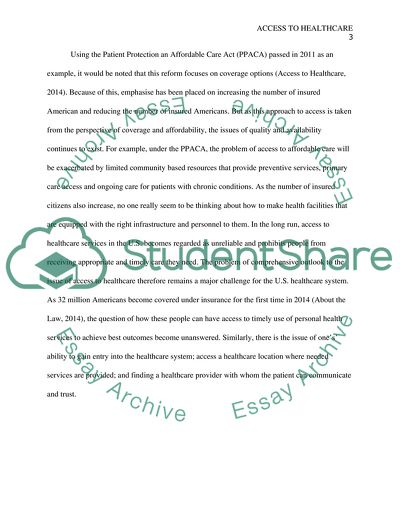Cite this document
(“Access to Healthcare Research Proposal Example | Topics and Well Written Essays - 2500 words”, n.d.)
Retrieved from https://studentshare.org/health-sciences-medicine/1636810-access-to-healthcare
Retrieved from https://studentshare.org/health-sciences-medicine/1636810-access-to-healthcare
(Access to Healthcare Research Proposal Example | Topics and Well Written Essays - 2500 Words)
https://studentshare.org/health-sciences-medicine/1636810-access-to-healthcare.
https://studentshare.org/health-sciences-medicine/1636810-access-to-healthcare.
“Access to Healthcare Research Proposal Example | Topics and Well Written Essays - 2500 Words”, n.d. https://studentshare.org/health-sciences-medicine/1636810-access-to-healthcare.


